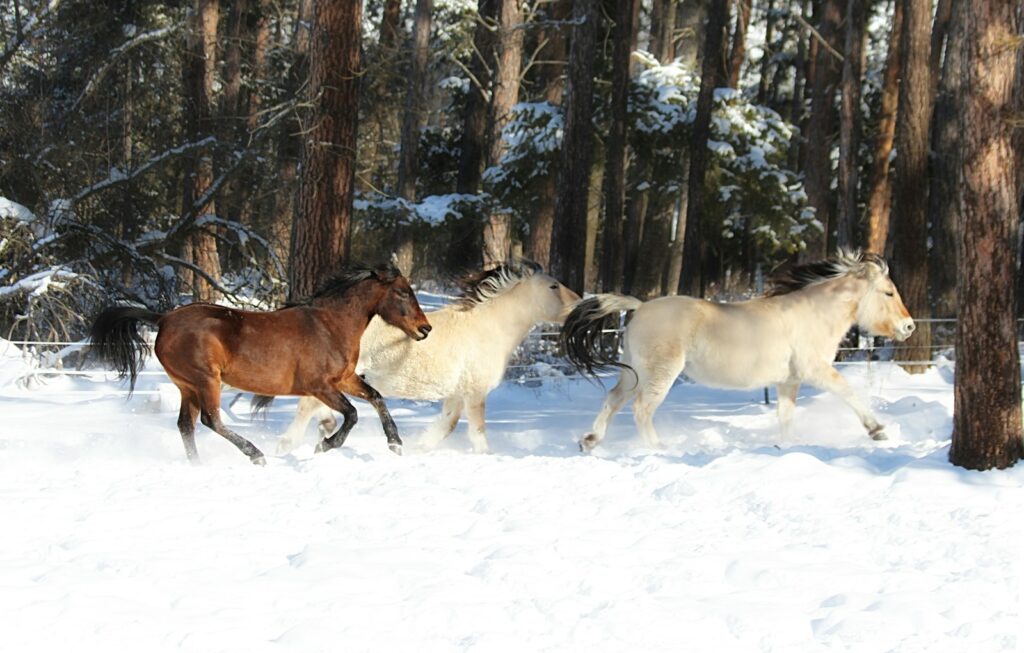Horses are magnificent creatures known for their strength, speed, and sensitivity. Like humans, these intelligent animals can experience anxiety, which affects their health, performance, and quality of life. Equine anxiety manifests in various ways and stems from numerous causes, ranging from environmental stressors to past trauma. Recognizing the signs early allows for prompt intervention, helping your horse lead a calmer, healthier life. This comprehensive guide explores how to identify anxiety in horses, understand its root causes, and implement effective management strategies to support your equine companion’s mental well-being. Whether you’re a seasoned equestrian or new to horse care, developing the skills to address anxiety is an essential aspect of responsible horse ownership.
Understanding Normal vs. Anxious Behavior in Horses
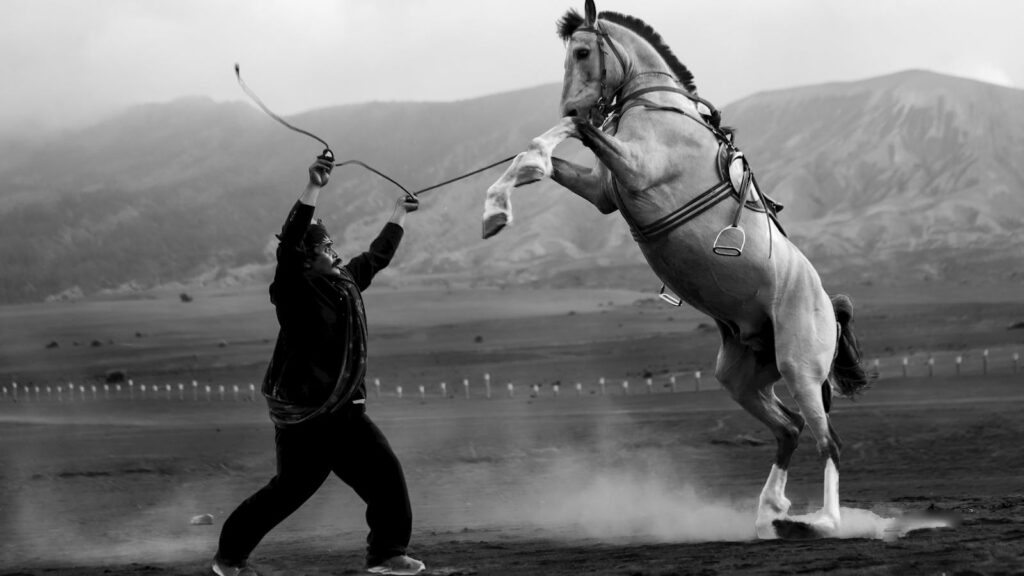
Horses are naturally vigilant animals with evolutionary adaptations as prey animals, making certain alert behaviors normal rather than signs of anxiety. A healthy horse will demonstrate curiosity about new objects while maintaining a relaxed body posture, with soft eyes, forward-pointing or gently moving ears, and calm breathing patterns. In contrast, anxious horses typically show exaggerated versions of these vigilant behaviors, including excessive startling, inability to settle, constant scanning of their environment, or freezing in place. The distinction lies in the intensity, duration, and context of these behaviors—occasional alertness is normal, while persistent hypervigilance across multiple situations suggests an anxiety issue. Understanding these baseline differences allows owners to accurately assess when intervention might be necessary versus when a horse is simply displaying natural equine behavior.
Physical Signs of Equine Anxiety
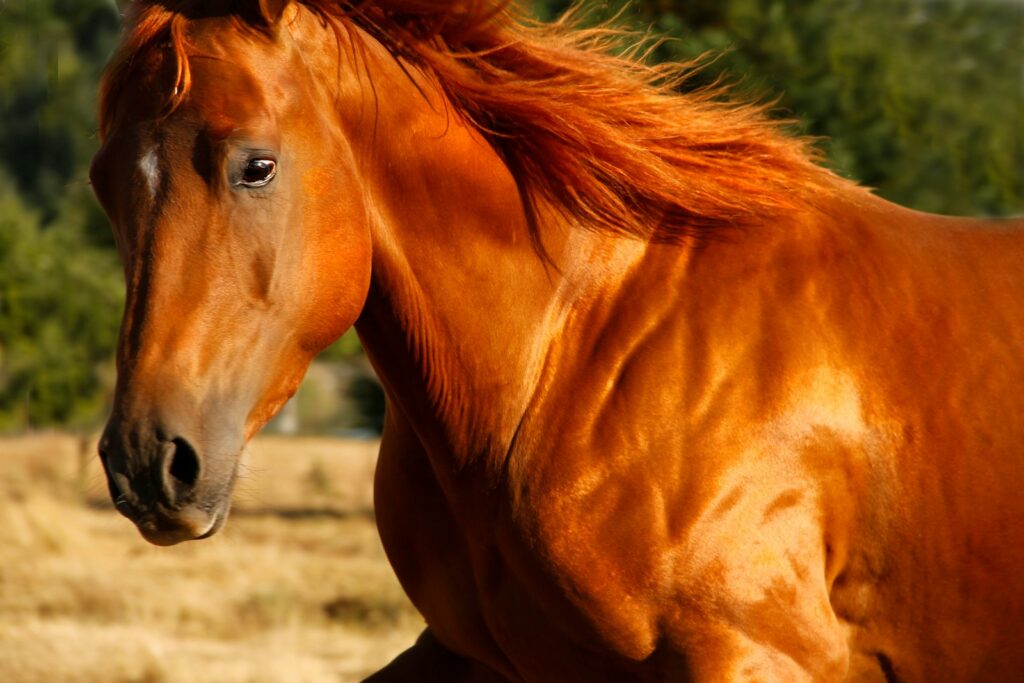
Anxious horses often display numerous physical indicators that signal their distressed mental state. Look for increased muscle tension, particularly in the neck, shoulders, and hindquarters, which may appear tight or trembling when a horse feels threatened. Physiological signs include elevated heart and respiratory rates, visible sweating unrelated to exercise or temperature, and dilated nostrils with rapid, shallow breathing patterns. Digestive disturbances frequently accompany anxiety, manifesting as reduced appetite, weight loss, or an increased incidence of colic and diarrhea due to stress-related changes in gut function. Additionally, many anxious horses develop repetitive movements like pawing, weaving, or box-walking as they attempt to cope with their heightened emotional state. These physical manifestations serve as important diagnostic clues that something is amiss with your horse’s psychological wellbeing.
Behavioral Indicators of Anxiety
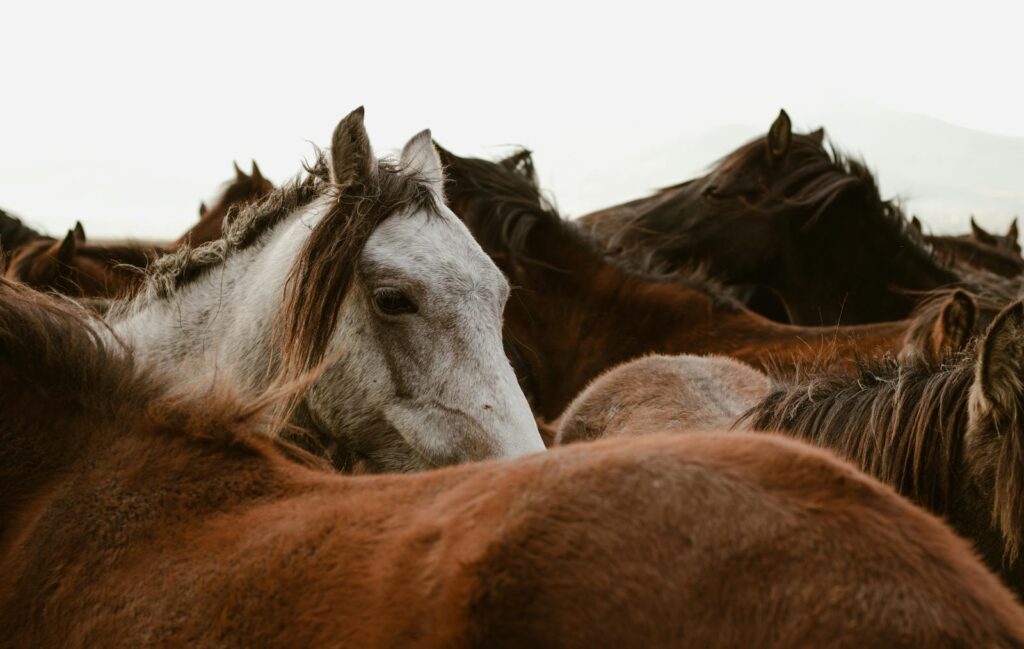
The behavioral manifestations of equine anxiety can range from subtle to dramatic, depending on the individual horse and the severity of their distress. Common indicators include excessive vocalization such as frequent whinnying or calling out when separated from companions. Many anxious horses display heightened reactivity, spooking at minor stimuli that wouldn’t normally cause alarm, or exhibiting exaggerated startle responses to routine environmental changes. Social behaviors are often affected, with anxious horses sometimes becoming either unusually clingy to companions or, conversely, isolating themselves from the herd. Performance issues typically emerge during riding or training, including resistance to work, difficulty focusing on tasks, rushing behaviors, or unexpected balking and refusing previously mastered activities. These behavioral changes often develop gradually, making regular observation and documentation of your horse’s normal behavior patterns crucial for early detection of anxiety-related issues.
Environmental Triggers of Equine Anxiety
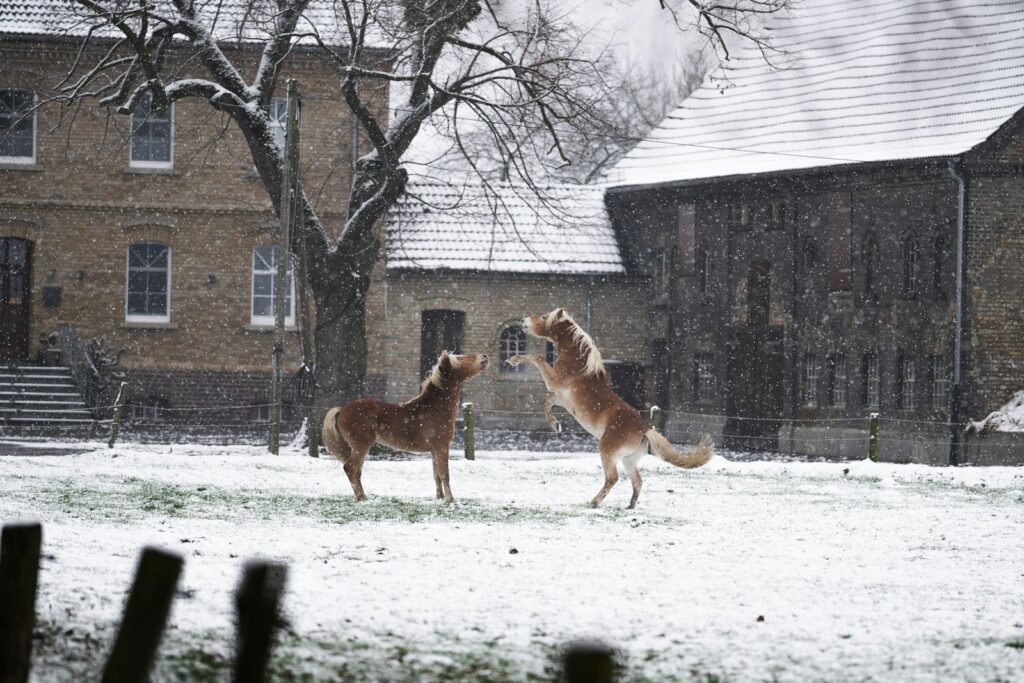
A horse’s environment plays a pivotal role in either causing or exacerbating anxiety, with numerous potential triggers existing in both natural and managed settings. Changes in housing arrangements, such as moving to a new barn or altering stall locations, can significantly destabilize a horse’s sense of security and routine. Weather conditions, particularly thunderstorms, high winds, or extreme temperature fluctuations, commonly trigger anxiety responses due to both the sensory stimulation and the potential threat these conditions represent to prey animals. Disruptions in social structure, including the introduction or removal of herd members, can create considerable stress as horses naturally depend on stable herd dynamics for safety. Additionally, noise pollution from construction, traffic, or nearby events can overwhelm a horse’s sensitive hearing, creating a persistent state of alert that manifests as anxiety. Identifying and mitigating these environmental triggers forms a crucial component of any comprehensive anxiety management plan.
The Role of Past Trauma in Equine Anxiety
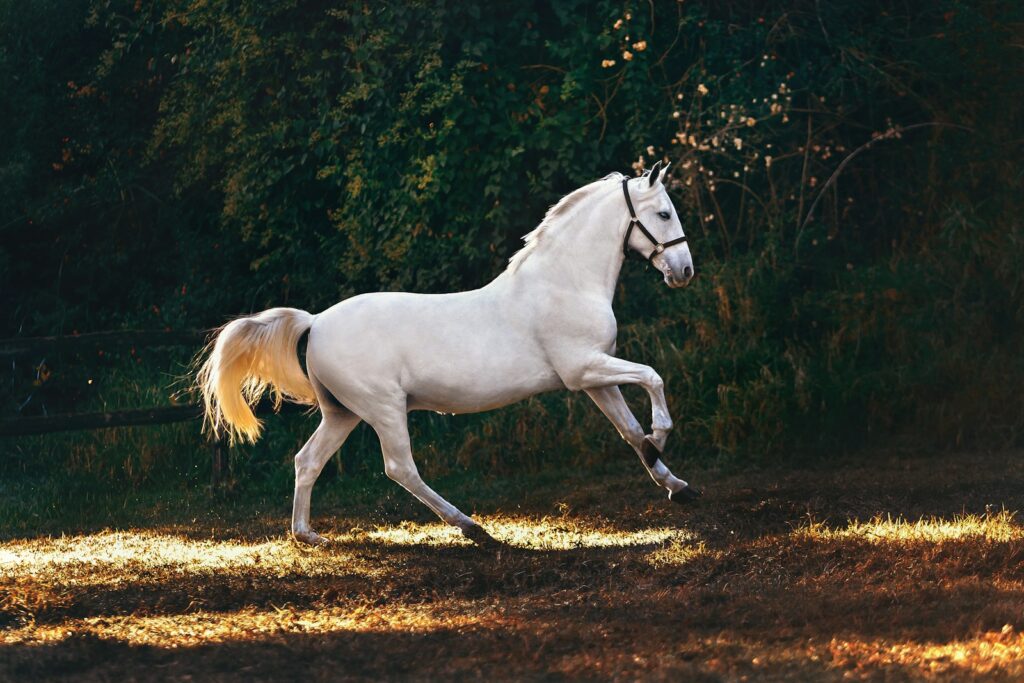
Horses possess remarkable long-term memory, particularly for frightening or painful experiences, which can contribute to persistent anxiety patterns throughout their lives. Traumatic events such as accidents, natural disasters, abusive handling, or painful medical procedures can create lasting psychological impacts, manifesting as specific phobias or generalized anxiety that emerges in seemingly unrelated situations. These trauma responses often appear as context-specific reactions, where a horse that experienced a trailer accident might show extreme anxiety only during loading, or a horse previously kept in isolation might display separation anxiety when left alone. The rehabilitation process for trauma-based anxiety requires careful assessment of the horse’s history, including periods before current ownership when possible. Professional behaviorists can help identify these historical triggers and develop systematic desensitization protocols that gradually rebuild the horse’s confidence in specific anxiety-provoking situations while respecting their emotional needs throughout the healing process.
Management Strategies for Daily Anxiety Reduction

Implementing thoughtful daily management practices forms the foundation of any successful equine anxiety treatment plan. Establishing consistent routines around feeding, turnout, and handling provides anxious horses with predictability that significantly reduces anticipatory stress. Maximizing turnout time whenever possible allows for natural movement patterns and social interaction, both of which help regulate equine stress hormones through physical activity and social bonding. Careful attention to stable design can further minimize stressors—providing good ventilation, appropriate lighting, visual access to other horses, and sufficient space for movement helps create a secure environment. For particularly anxious individuals, strategic placement within the barn (away from high-traffic areas or potentially frightening equipment) can offer additional security. Feed management also plays a crucial role, as providing multiple small forage meals throughout the day mimics natural grazing patterns and helps maintain stable blood sugar levels, which directly impacts stress resilience and emotional regulation capabilities.
Training Approaches for Anxious Horses
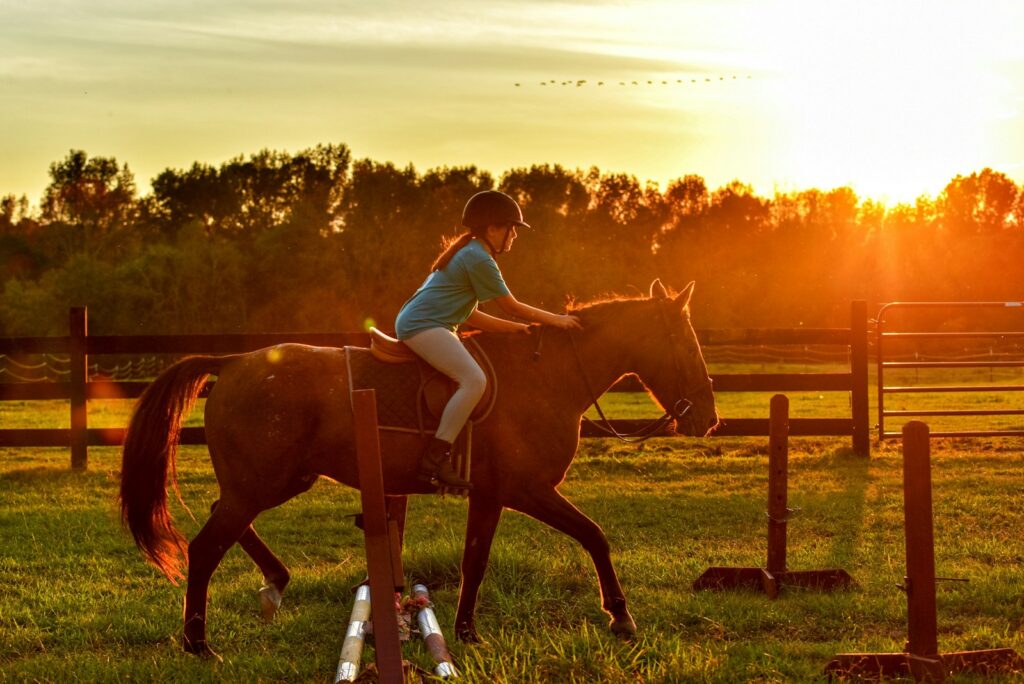
Working with anxious horses requires specialized training techniques that build confidence while avoiding additional stress. Positive reinforcement methods, which reward desired behaviors rather than punishing unwanted responses, prove particularly effective as they create positive emotional associations with potentially frightening situations. Progressive desensitization, where anxiety-provoking stimuli are introduced in carefully controlled, gradually increasing intensities, helps horses develop tolerance without triggering full anxiety responses. Incorporating groundwork exercises that encourage the horse to focus on the handler rather than environmental stressors builds communication and trust while providing mental engagement that can counteract anxiety patterns. Many professional trainers utilize techniques from methods like clicker training, natural horsemanship, or classical dressage principles that emphasize clear communication, consistency, and respect for the horse’s mental thresholds. Throughout any training process with anxious horses, maintaining realistic expectations and allowing adequate time for processing new experiences proves essential for lasting behavioral improvement.
Dietary Considerations for Anxious Equines
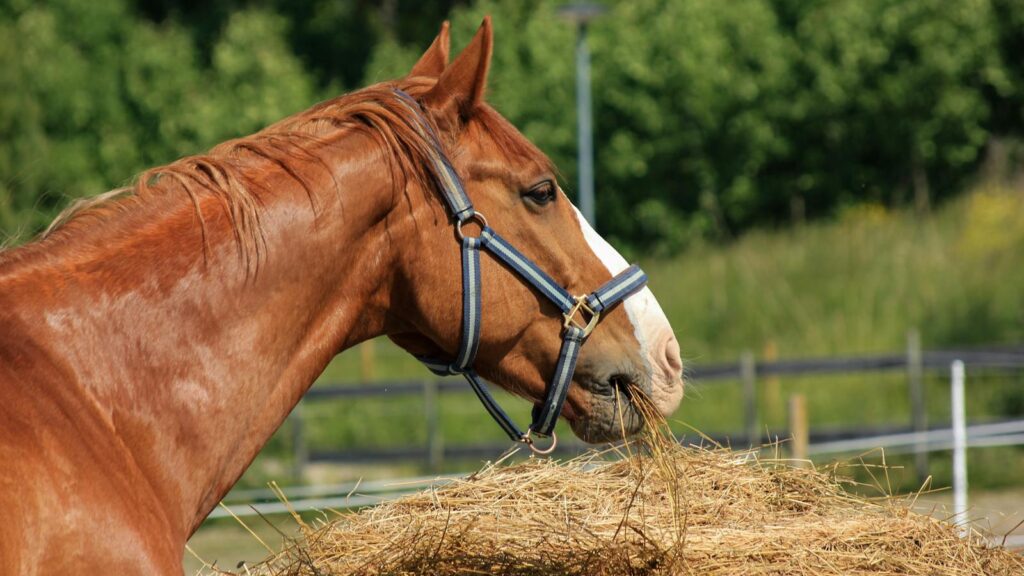
Nutrition plays a surprisingly significant role in managing equine anxiety, with research revealing important connections between gut health, nutrient balance, and nervous system function. High-starch diets can contribute to anxiety through blood sugar fluctuations and altered gut microbiome populations, making forage-based feeding plans preferable for anxious individuals. Quality protein sources containing essential amino acids like tryptophan support neurotransmitter production, potentially improving stress resilience and mood regulation. Certain minerals, particularly magnesium, directly influence nervous system function, with deficiencies sometimes manifesting as heightened reactivity or muscle tension that mimics anxiety symptoms. B-complex vitamins play crucial roles in neurotransmitter synthesis and stress response management, with supplementation sometimes beneficial for horses under chronic stress. Working with an equine nutritionist to develop a balanced feeding program tailored to your horse’s specific needs provides a solid foundation for managing anxiety, as improved physical health often naturally supports better emotional regulation and resilience.
Exercise and Enrichment for Anxiety Management
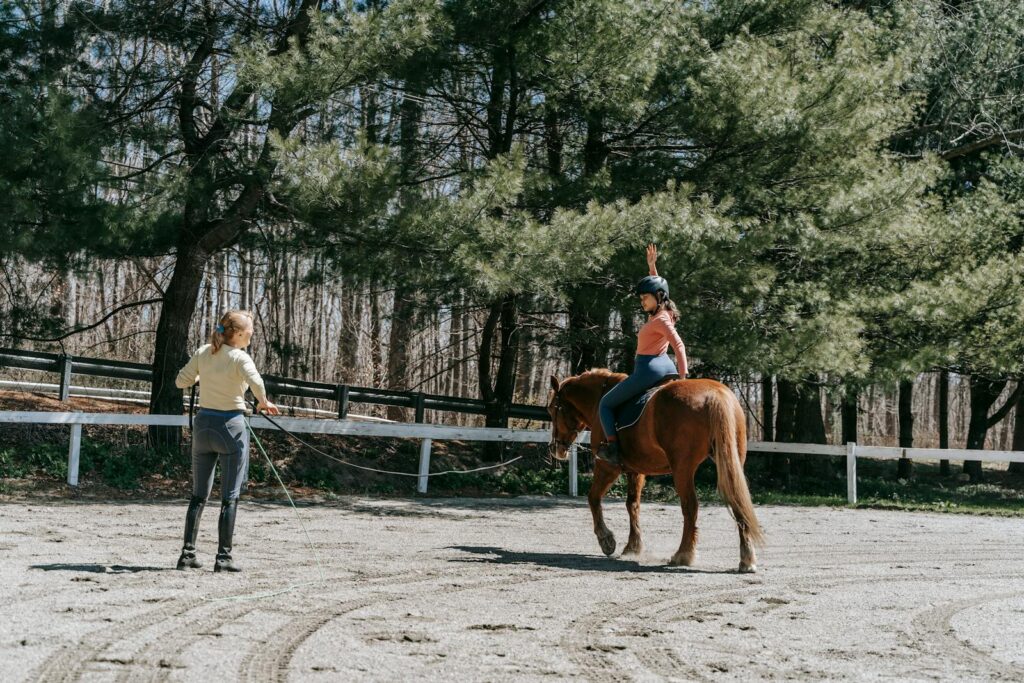
Regular, appropriate physical exercise serves as one of the most effective natural anxiety remedies for horses, helping discharge excess energy while releasing endorphins that promote relaxation and wellbeing. Varied exercise routines that incorporate different gaits, terrain, and activities prevent boredom while building physical confidence that often translates to emotional resilience. Beyond traditional riding, incorporating cognitive enrichment through tasks like obstacle courses, target training, or liberty work engages the horse’s mind, preventing the rumination and anticipatory stress that often accompanies anxiety. For stabled horses, providing environmental enrichment through carefully selected toys, slow feeders, or sensory experiences like varied footing or scent stations creates mental stimulation that can reduce stress behaviors. Social enrichment through carefully managed turnout with compatible companions addresses the herd animal’s intrinsic need for connection and security. This holistic approach to exercise and enrichment targets multiple facets of equine psychology, creating a comprehensive support system for anxiety management.
Complementary Therapies for Equine Anxiety
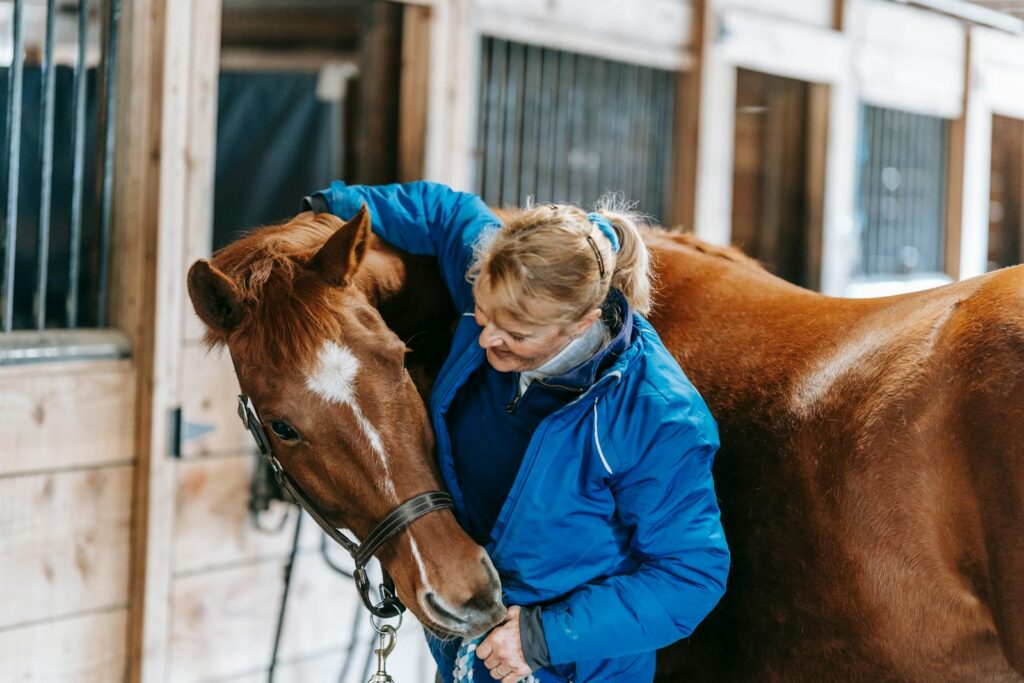
Various complementary approaches can supplement conventional anxiety management strategies, offering additional tools for horse owners seeking comprehensive solutions. Equine massage therapy specifically targeting tension-holding areas like the poll, jaw, neck, and withers can provide relief from the physical manifestations of chronic anxiety, breaking the cycle between mental stress and muscular tension. Acupuncture or acupressure techniques based on Traditional Chinese Medicine principles may help balance energy pathways and stimulate endorphin release, with some evidence supporting their efficacy for certain anxiety presentations. Aromatherapy using horse-safe essential oils like lavender, chamomile, or valerian has demonstrated calming effects in preliminary research, though careful application and individual response monitoring remain essential. Additionally, technology-based therapies like pulsed electromagnetic field therapy (PEMF) or acoustic therapy show promising results in clinical settings by potentially influencing nervous system function. While these complementary approaches should not replace foundational management practices, they can provide valuable additional support within a comprehensive anxiety management program.
When to Consider Medication for Equine Anxiety
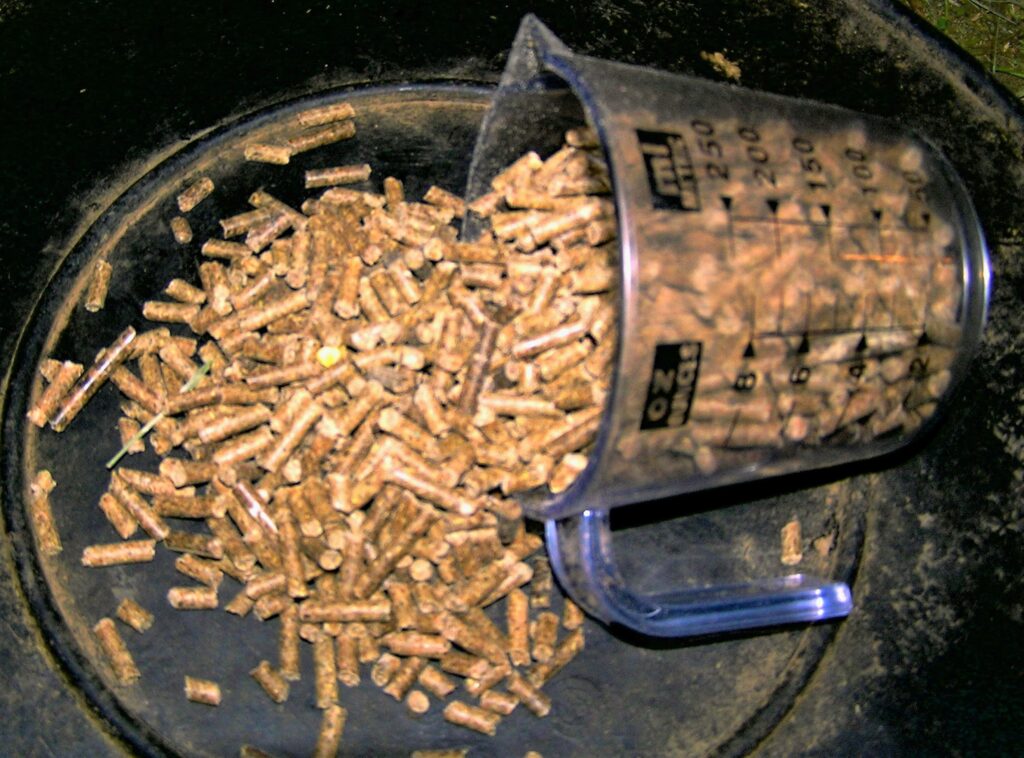
Pharmaceutical intervention represents an important option in cases of severe equine anxiety that significantly impacts welfare despite appropriate management and training efforts. Veterinary prescription medications like selective serotonin reuptake inhibitors (SSRIs), tricyclic antidepressants, or benzodiazepines may be recommended for horses with diagnosed anxiety disorders that demonstrate persistent symptoms affecting basic functions like eating, sleeping, or social interaction. These medications typically serve as temporary supports while environmental modifications and behavioral work address underlying causes, though some horses with neurological anxiety may require longer-term treatment. The decision to pursue medication requires careful veterinary assessment, including ruling out medical conditions that might mimic anxiety and considering potential side effects. Regular monitoring and dose adjustments typically accompany pharmaceutical treatment plans to ensure optimal efficacy with minimal adverse effects. When appropriately prescribed, medications can provide sufficient symptom relief to make other interventions more effective, ultimately improving quality of life for severely affected horses who might otherwise remain trapped in chronic distress patterns.
Working with Professionals: When to Seek Help
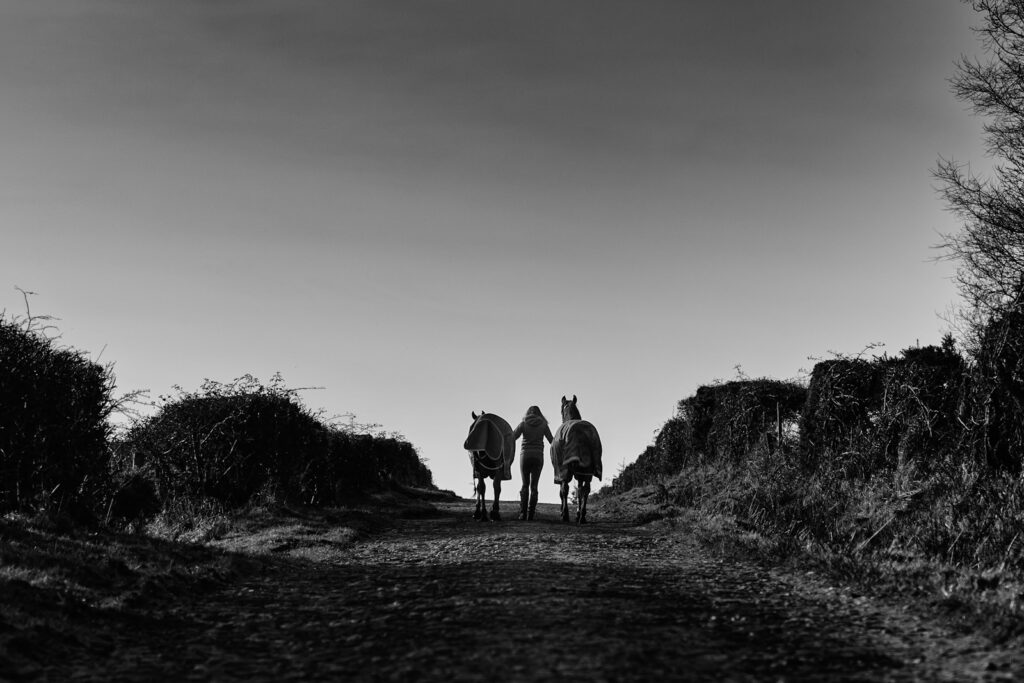
Recognizing when professional intervention becomes necessary marks an important aspect of responsible care for anxious horses. Veterinary evaluation should be pursued whenever anxiety symptoms appear suddenly, worsen significantly, or accompany physical symptoms like weight loss, sweating, or elevated vital signs, as these may indicate underlying medical conditions requiring treatment. Equine behaviorists bring specialized knowledge and objective assessment skills to complex cases, helping identify subtle triggers and developing structured modification plans based on learning theory and equine psychology. Certified trainers with specific expertise in anxious or traumatized horses can provide hands-on assistance implementing behavior modification protocols safely and effectively. Professional support becomes particularly crucial when anxiety behaviors present safety risks to the horse or handlers, when multiple interventions have failed to produce improvement, or when owners feel overwhelmed by the management challenges. Early professional involvement often leads to more efficient resolution and prevents the unintentional reinforcement of anxiety patterns that sometimes occurs during well-intentioned but uninformed intervention attempts.
Creating a Comprehensive Anxiety Management Plan
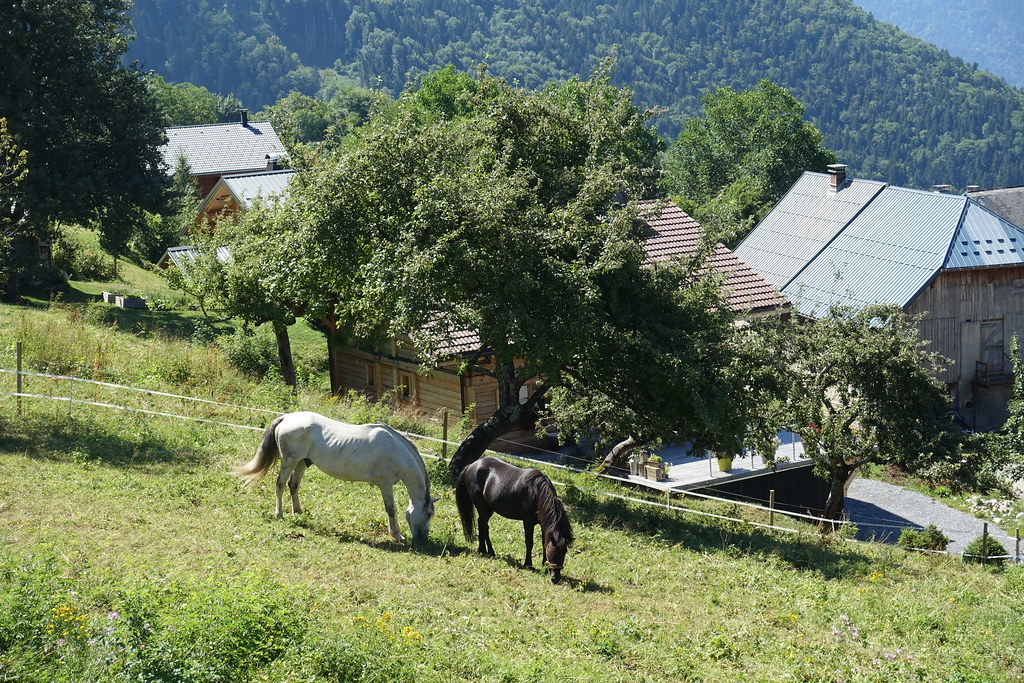
Developing an integrated, individualized management plan represents the most effective approach to addressing equine anxiety, combining multiple strategies tailored to your horse’s specific needs. Begin by thoroughly documenting anxiety triggers, symptoms, and patterns through dedicated observation across different situations and time periods, creating a detailed baseline for measuring progress. Prioritize interventions based on identifying the most significant stressors while considering feasibility and safety, focusing initial efforts where they’ll produce the greatest impact on overall wellbeing. Establish realistic timelines and expectations, recognizing that anxiety patterns often develop over extended periods and similarly require time to modify, particularly for horses with long-standing or trauma-based issues. Include provisions for setbacks by planning management adjustments during predictably stressful periods like competition season, veterinary procedures, or weather events. Regular reassessment of the plan’s effectiveness allows for timely adjustments as your horse’s needs evolve, gradually building a comprehensive support system that addresses physical, environmental, and psychological aspects of anxiety management for lasting improvements in quality of life.
Equine anxiety represents a complex challenge requiring attentive observation, patience, and a multifaceted approach to management. By understanding the physical and behavioral manifestations of anxiety, identifying individual triggers, and implementing targeted interventions ranging from environmental modifications to training techniques, owners can significantly improve their horse’s wellbeing. Remember that each horse’s anxiety presentation and response to treatment will be unique, necessitating personalized approaches rather than one-size-fits-all solutions. With consistent, compassionate care and appropriate professional support when needed, even severely anxious horses can experience remarkable improvements, ultimately enjoying greater comfort, confidence, and quality of life. Your commitment to understanding and addressing your horse’s emotional needs forms an essential component of the human-equine partnership, strengthening the bond while ensuring your horse’s psychological wellbeing receives the same careful attention as their physical health.

